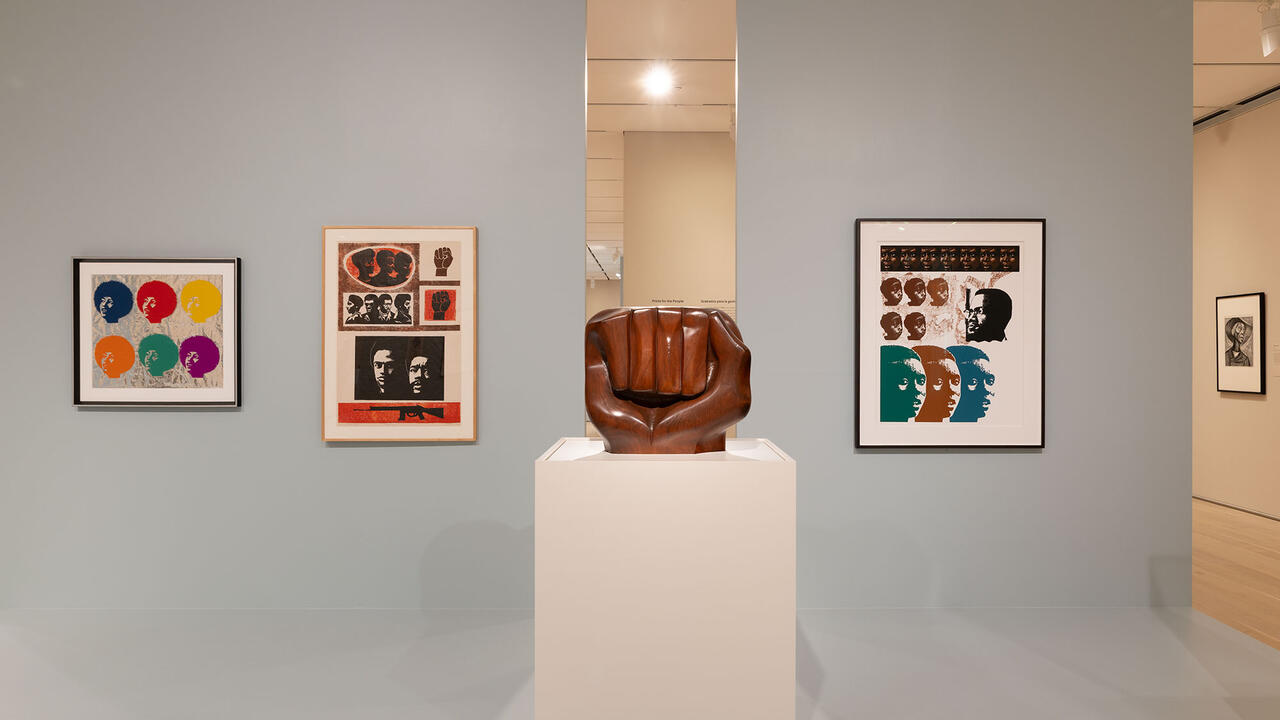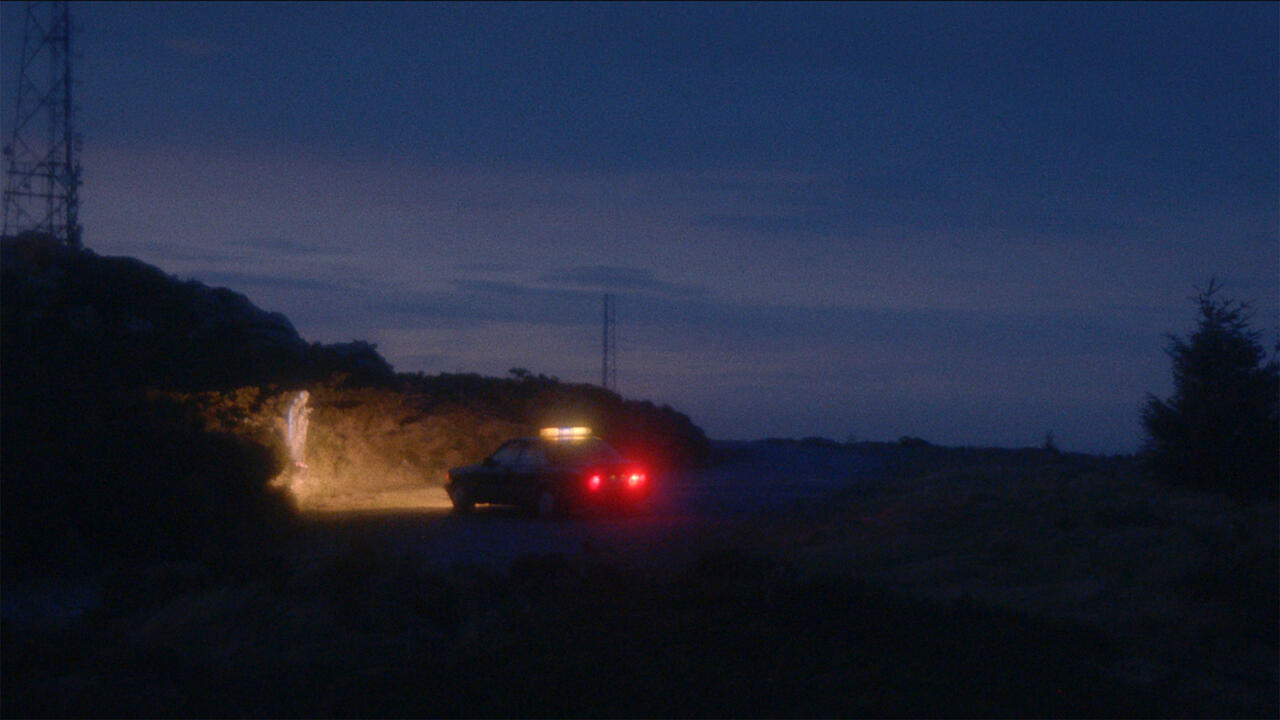Wolfgang Tillmans
Kate Moss is driving me crazy. The marketing people at Calvin Klein have plastered her all over New York, from small posters on the sides of phone booths to colossal billboards in Times Square. In one picture she pulls her right foot up behind her with her left hand. The pose exaggerates the titlted head and dropped shoulder that Moss has developed into the ultimate fashion slouch. Her look transcends the ordinariness of cotton underwear to suchan extent that her personality becomes all important. The image is emptied of clothes, footwear and accessories, leaving little more than a semi-naked model whose attitude sells.
Wolfgang Tillmans also deals in attitude, but a far more brutal and impoverished version than Moss' skinny sophistication. His encapsulates a shaved-head, militaristic approach to urban living. The clothes in his fashiom photography, when worn, are a mixture of army surplus, baggy jumpers, old T-Shirts and improvised outfits crafted from kit bags, scarves and wetsuits. In Tillmans' world, people are constantly on the move, engaged in a lifestyle where food is shared out equally and sleeping is a communal experience. His models seem to have given up the idea of home and possessions. Many of the photographs are shot outside and acknowledge the reality of the environment at hand; a park, a back garden or the middle of the street. Against such a backdrop, subjects appear semi-naked or nude. Their bare skin is seen as a comfortable suit, worn with the ambivalence of a hardened naturist.
At Interim Art, Tillmans' photographs appear in a variety of sizes and media, from ordinary snapshots to large laser prints on stretched linen. Some photographs are positioned on the floor, one hangs from under the stairs, a few remain in isolation while others overlap to create a visual clutter on the wall. In amongst all of this, pages from i-D magazine are pinned up as a direct reminder of Tillmans' work as a fashion photographer. The overall effect is not so much one of total overload as visual Tourette's; the pictures are blurted out in quick succession.
Not all the work in this show has been carried out or magazines. Other work includes a photograph of the sea; a newsagent's rack with Spex magazine at the centre (featuring a Tillmans cover); a picture taken from a plane; a Japanese TV reporter in a meat market; an installation shot from a previous Tillmans show, and people stopping at Tiffany's. These photographs are hung amid the fashion work, and ultimately, share the same vocabulary. Tillmans' lens levels everything, from a man giving a blow-job in a German nightclub to a picture of a school orchestra.
The blur that Tillmans creates between fashion photography and art is not as unfocused as it may first appear. His work has clear precedents in both worlds. The snapshot feel created by Corinne Day, David Sims and Juergen Teller for magazines is related to such gallery work as Jack Pierson's documentary of gay banality, Sarah Lucas mug (of tea) shots and Nan Goldin's 'emotional connection' with her subjects. What makes Tillmans unique is his subject matter: the documentation of the collateral damage of fashion. In one Weegee-type photograph, a group of ravers are revealed by flash bulb, crashed out on the floor in the back of a club. Another shows a boy and a girl soaked in sweat, taking a break from a bout of Techno hysteria. The boy stares out with dark pools for eyes, piercing the world beyond the camera. Add to this a picture of a dancer with what looks like blood running down his bare chest and an empty car park near a motorway, (the meaningless space that punctuates the journey from one rave to another), and this is a world of fashion disasters. Tillmans has found fertile ground in the vacant space surrounding a groovy lifestyle and the post-E dead zone.
















